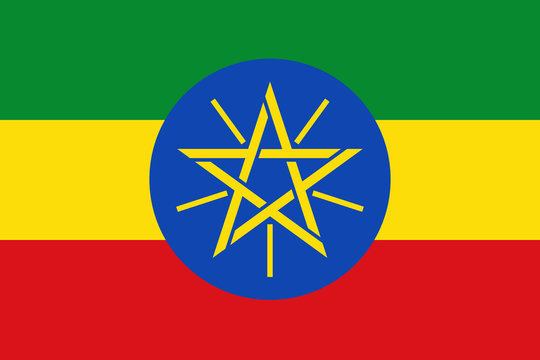10 facts for Ethiopia poverty

10 Facts About Poverty in Ethiopia Poverty in Ethiopia Poor Facts Poverty in Ethiopia remains a major concern, but the country has also seen great progress. Ethiopia has the second largest population of all African countries and has only once, for a brief period of time, been colonized. One of Africa’s oldest independent countries, Ethiopia has a rich culture and long history. However, it is currently considered one of Africa’s poorest countries despite a rapid population boom in recent decades. Read how Ethiopia reduced poverty. 10 Key Facts on Poverty in Ethiopia Ethiopia is located in East Africa and is historically a rich country. Agriculture accounts for more than half of its economy, and employs 80% of its population. With an estimated population of 86 million people, 78% of Ethiopians struggle with an income below US$2 a day. The life expectancy of the average Ethiopian was 59 years old in 2011. The State Health expenditure is approximately $3 per person in Ethiopia. For every 1,000 children five years old and younger, there are 166 deaths. Preventable diseases, including Malaria, account for at least 60% of health problems in the country. Approximately 34% of the rural population in Ethiopia has access to an improved water source. Ethiopia’s main exports are coffee, hides, oilseeds, beeswax and sugarcane. Ethiopia’s main source of income comes from its agricultural economy that is often affected by drought. Almost two-thirds of its people are illiterate. – Kira Maixner
